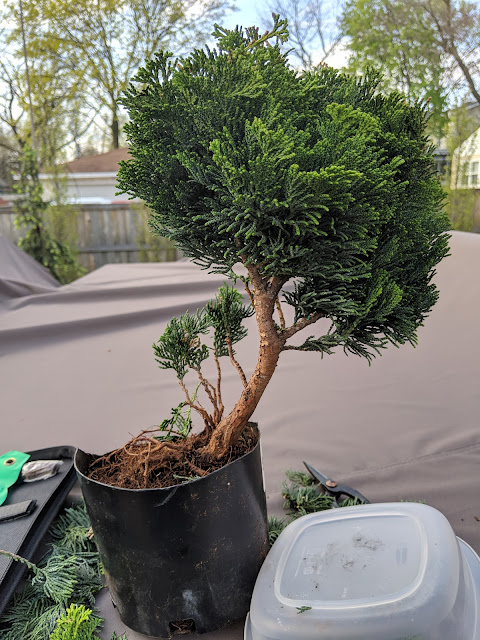Balancing The Color Pallette In Our Front Tulips

A couple of weeks ago, I posted some photos of the newly bloomed tulips that came up in our front yard bed right in front of the large Maple tree. Go see that photo here . They look - to me at least - to be orange and red. I say that because the reds were *supposed* to be pink, but they came out much more like a true red. They looked great. Or at least I thought they did. That was, until I came across this ebook from Pretty Purple Door . It is called " 7 questions to ask yourself to choose the right plants for your garden " and you can get it by giving her your name and email address here on her site . I'm not going to link directly to the .pdf because she is running a biz, but I do want to show one little nugget that is in that guide. She talks about color palette and then lists a few of her favorites and a few to avoid. To be respectful, here's a screenshot, but I've blurred out the parts that aren't relevant here. (Again...if you want the fu





